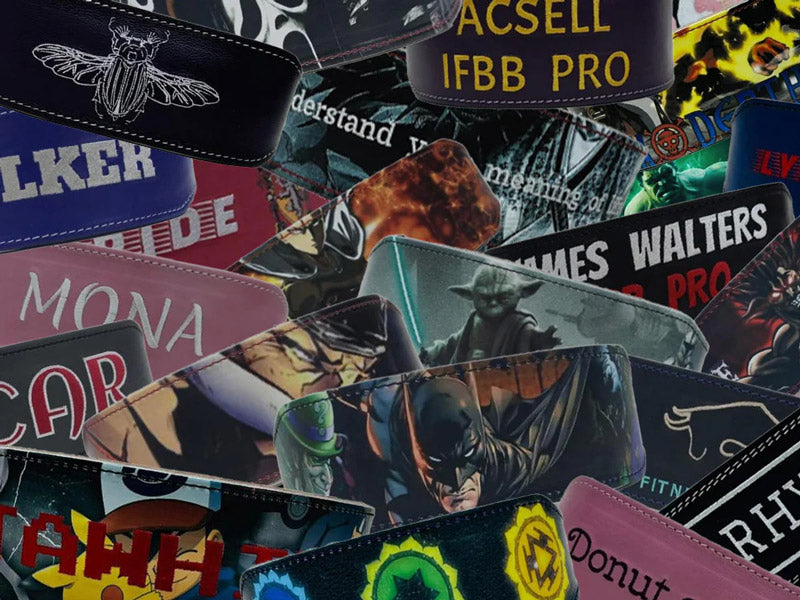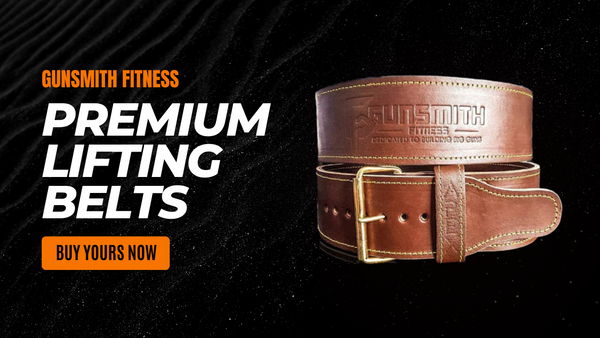
Why Are Bulgarian Squats So Hard?
The Bulgarian squat, also known as the rear foot elevated split squat, is a challenging lower body exercise that targets the quads, hamstrings, glutes, and calves. Despite its effectiveness in building strength and stability, many find this exercise particularly difficult. But why is this the case? Let's delve into the intricacies of Bulgarian squats and explore why they are so hard.
The Mechanics of Bulgarian Squats
The Bulgarian squat is a single-leg exercise that requires a high level of balance, coordination, and strength. Unlike traditional squats where both feet are planted on the ground, the Bulgarian squat involves placing one foot on an elevated surface behind you, while the other foot remains on the ground. This position alone can be challenging to maintain, especially for beginners or those with balance issues.
Furthermore, the Bulgarian squat places a significant load on the working leg, requiring it to bear most of the body's weight and any additional weights used during the exercise. This increased load can make the exercise feel much harder than traditional squats, even when using lighter weights. Additionally, the elevated foot position increases the range of motion, leading to a deeper squat and greater activation of the lower body muscles.
Balance and Coordination
One of the main reasons why Bulgarian squats are so hard is the balance and coordination they require. Maintaining a stable position with one foot elevated behind you while performing a squatting motion can be quite challenging. It requires a significant amount of core strength and stability, as well as coordination between different muscle groups.
Moreover, the single-leg nature of the exercise means that any imbalances or weaknesses in the lower body will be highlighted. If one leg is stronger or more stable than the other, it can make performing Bulgarian squats on the weaker leg particularly difficult.
Strength and Endurance
Bulgarian squats require a high level of strength in the lower body muscles, particularly the quads, hamstrings, and glutes. The single-leg nature of the exercise places a greater load on these muscles compared to traditional squats. This can make Bulgarian squats feel much harder, especially for those who are not used to such intense lower body exercises.
Furthermore, the increased range of motion due to the elevated foot position means that the muscles have to work harder to perform each rep. This can lead to faster muscle fatigue, making the exercise feel even more challenging.
How to Improve Your Bulgarian Squats
Despite the challenges associated with Bulgarian squats, there are several strategies you can use to improve your performance and make the exercise feel easier. These include improving your balance and coordination, strengthening your lower body muscles, and gradually increasing the load.
Let's explore these strategies in more detail.
Improving Balance and Coordination
Improving your balance and coordination can make a significant difference in your ability to perform Bulgarian squats. This can be achieved through exercises that target the core and stabilizer muscles, such as planks, side planks, and bird dogs. Additionally, practicing the Bulgarian squat without weights or with a support (like a wall or a chair) can help you get used to the movement and improve your balance over time.
Another effective strategy is to perform single-leg exercises that mimic the Bulgarian squat, such as lunges or step-ups. These exercises can help improve your balance and coordination, making the Bulgarian squat feel easier over time.
Strengthening Lower Body Muscles
Strengthening your lower body muscles is crucial for improving your Bulgarian squats. This can be achieved through a variety of exercises, including traditional squats, deadlifts, and leg presses. These exercises target the same muscles used in Bulgarian squats, helping to build strength and endurance.
Additionally, performing exercises that target the individual muscles used in Bulgarian squats, such as leg extensions for the quads or hamstring curls for the hamstrings, can also be beneficial. These exercises can help address any imbalances or weaknesses in the lower body, making Bulgarian squats feel easier over time.
Gradually Increasing the Load
Gradually increasing the load is another effective strategy for improving your Bulgarian squats. Start with bodyweight Bulgarian squats, and once you feel comfortable with the movement, gradually add weight. This can be done using dumbbells, a barbell, or a weight vest. The key is to increase the load slowly and progressively, allowing your body to adapt to the increased demand.
Remember, it's not about how much weight you can lift, but rather about performing the exercise with proper form and control. So, always prioritize form over weight to avoid injury and get the most out of the exercise.
Conclusion
Bulgarian squats are indeed a challenging exercise, but with the right approach and consistent practice, they can become a powerful tool in your fitness arsenal. By improving your balance and coordination, strengthening your lower body muscles, and gradually increasing the load, you can make Bulgarian squats feel easier and reap the many benefits they offer.
Remember, fitness is a journey, not a destination. So, take your time, listen to your body, and enjoy the process. Happy squatting!






